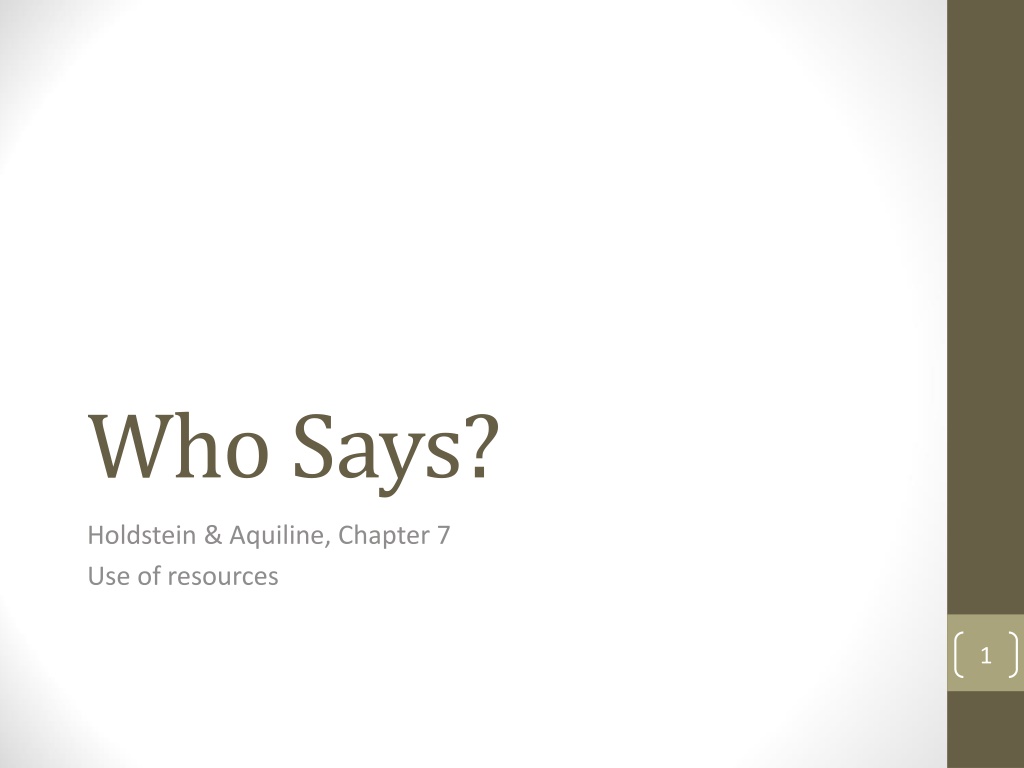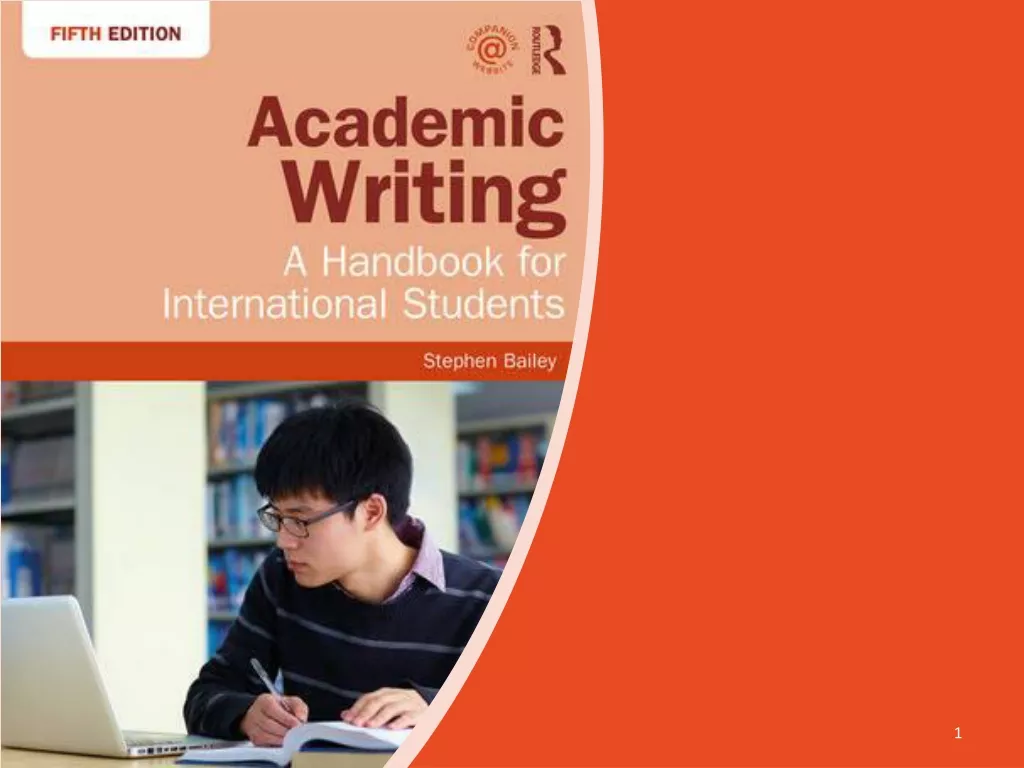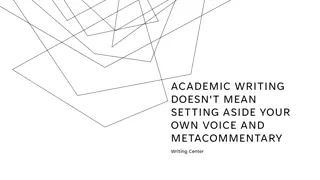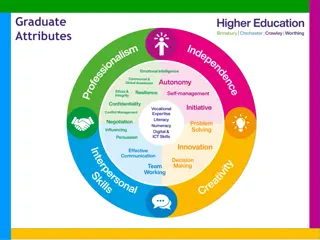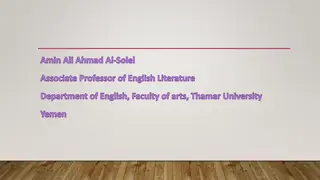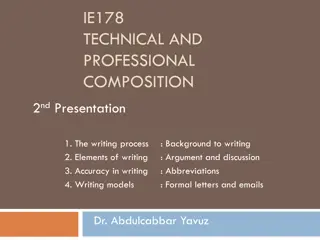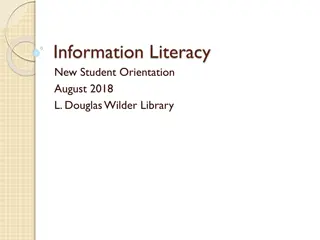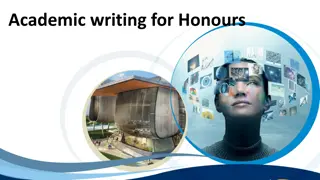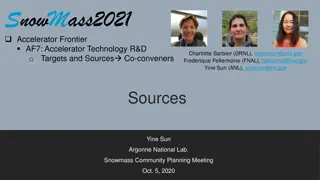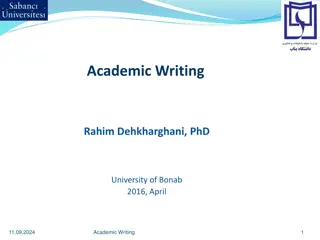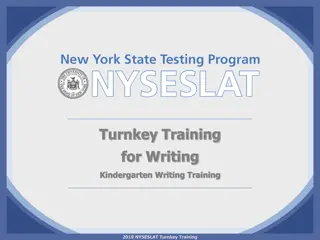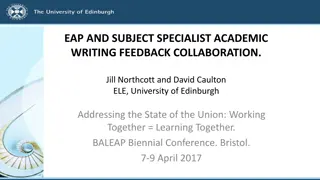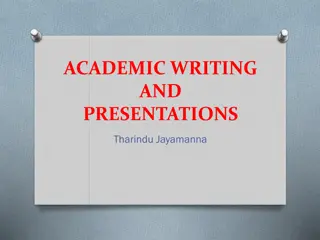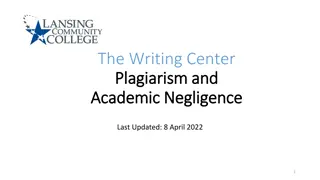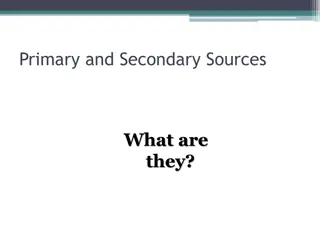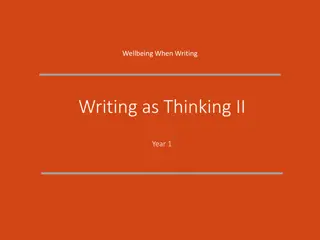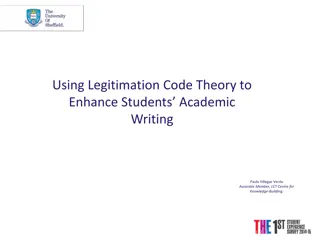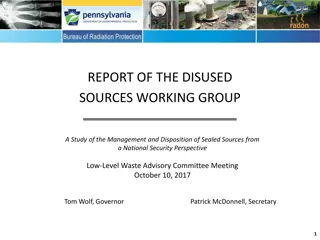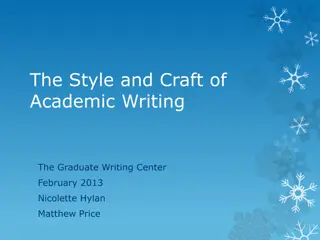Effective Use of Sources in Academic Writing
Utilizing resources effectively in academic writing involves proper use of summarizing, paraphrasing, quoting, and selecting among these techniques based on importance. It is essential to avoid patchwriting, maintain clarity, and ensure the original work's integrity while crafting your argument.
Download Presentation

Please find below an Image/Link to download the presentation.
The content on the website is provided AS IS for your information and personal use only. It may not be sold, licensed, or shared on other websites without obtaining consent from the author.If you encounter any issues during the download, it is possible that the publisher has removed the file from their server.
You are allowed to download the files provided on this website for personal or commercial use, subject to the condition that they are used lawfully. All files are the property of their respective owners.
The content on the website is provided AS IS for your information and personal use only. It may not be sold, licensed, or shared on other websites without obtaining consent from the author.
E N D
Presentation Transcript
Who Says? Holdstein & Aquiline, Chapter 7 Use of resources 1
Conversation with your resources Don t let the resources take over. That can result in what they call patchwriting just patching together a string of quotes [On the other hand, don t go off on tangents or personal opinion this is still a research paper, so the sources must make your argument.] 2
Summarizing To write a good summary, you need to show that you understood the source you were able to select what is important in each resource Stop and Consider choose one source and see whether you can discuss your topic with a friend; if not, perhaps you aren t clear on what it s saying 3
Paraphrasing This is more detailed than summarizing; it is your main task in your use of the sources One key skill is to avoid patchwriting (just patching together several quotes) The other is to make your paraphrases differ enough from the original text [as we showed with handouts] Recall that you should change the language but also the order of the ideas, i.e. the sentence structure. Don t just drop a synonym in every few words as you follow along [They paraphrase their own text as an example, although the in-text citation, in MLA style, is incorrect (page # is 100, not 101] 4
Quoting Don t use too many quotes again, paraphrasing shows your ethos as a writer, it s the style of most academic writing (as opposed to journalism), and it avoids the appearance of padding. Use direct quotes (with and cite) when the language in the quote is as important as the idea being quoted Frame the quote with an introduction/attribution before it and a restatement of its relevance afterward ( the quote sandwich ) Also ICE: Introduce the quote with a signal phrase (e.g. According to Jones, (2015); Smith (2014) argues that). Cite it. Explain it. [Never give readers a quote without them knowing who s being quoted.] 5
Choosing among the three When details aren t important, summarize or paraphrase. [Papers about the Internet can tend to be overly technical] Use quotes rarely when interesting things are said in an interesting way by interesting people Aim for quotes that are at least one sentence [not the partial quote with [his or her] they show on p. 102]; but typically no more than three sentences [For APA style, use blockquotes if more than 40 words (or about 5 lines) indent left margin, put citation at end, no quotation marks] Quotes must be exact without some (technical) exceptions. What are those? Change word [his or her]; omit words ; add [sic} for an error 6
